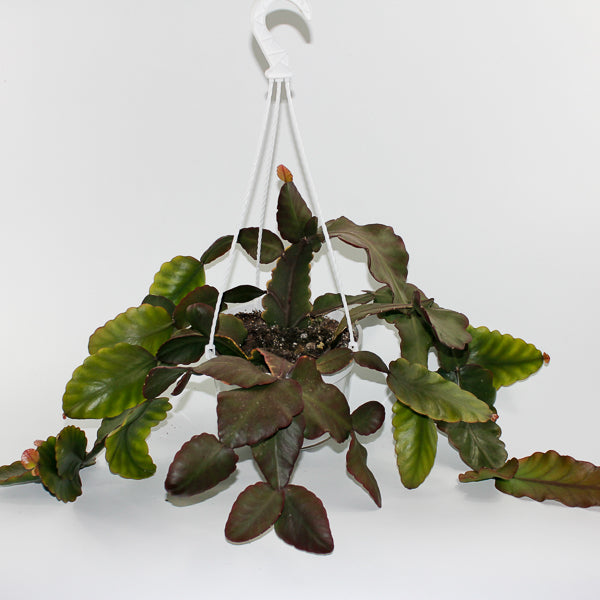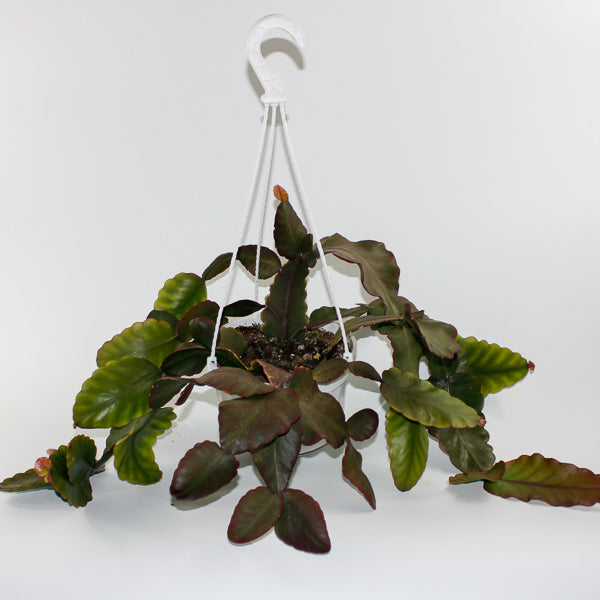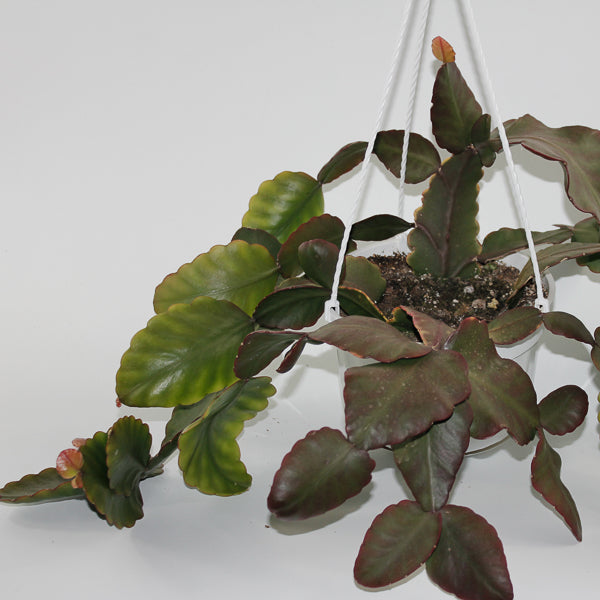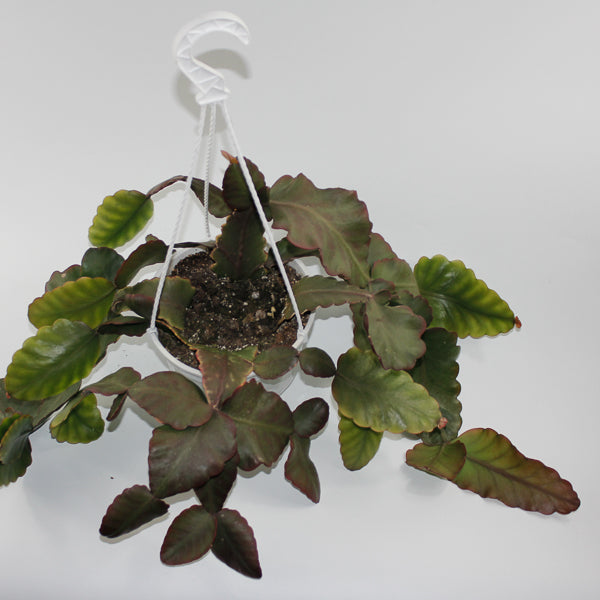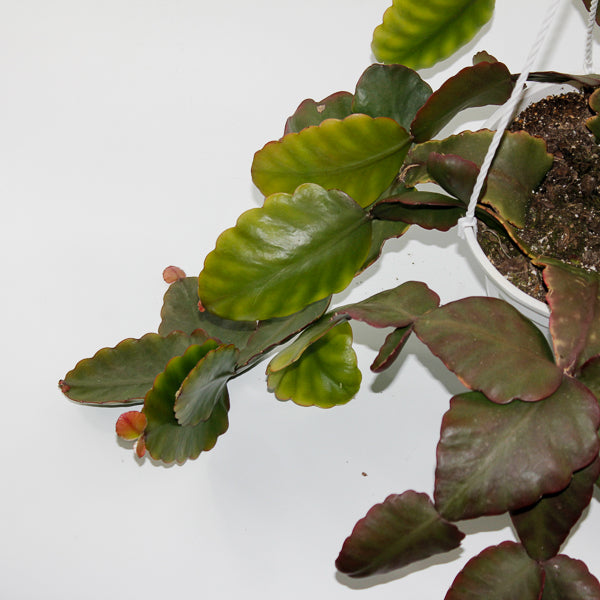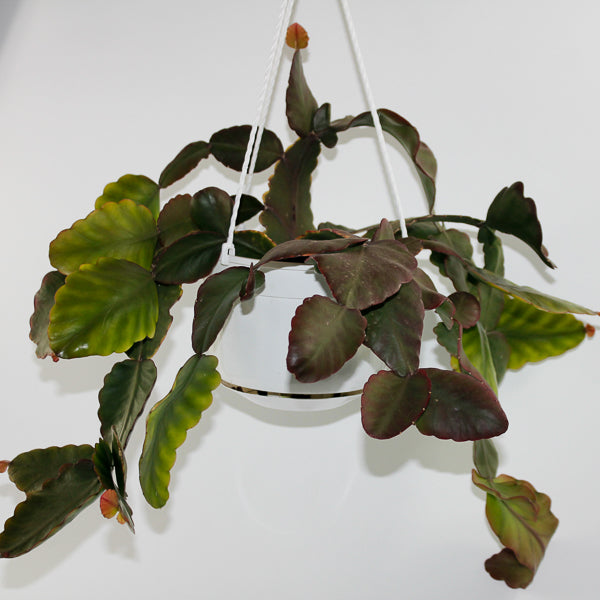1
/
of
6
Emm's Plant House
Rhipsalis elliptica (hanging plant) Ø18cm
Rhipsalis elliptica (hanging plant) Ø18cm
Regular price
£24.00 GBP
Regular price
Sale price
£24.00 GBP
Unit price
/
per
Taxes included.
Couldn't load pickup availability
Rhipsalis elliptica is an intriguing species of epiphytic cactus native to tropical regions of Central and South America. Known for its long, trailing stems that have a distinctive elliptical shape, this cactus is perfect for hanging baskets or as a decorative element in succulent and cactus collections. The plant's stems are thin, green, and cylindrical, with small, inconspicuous flowers that bloom in clusters. Its unique growth pattern and low-maintenance care make it a great addition to both indoor and outdoor plant collections.
- Full Botanical Name: Rhipsalis elliptica
- Common Names: Elliptical Rhipsalis, Mistletoe Cactus
- Country and/or Region of Origin: Native to tropical regions of Central and South America, including Brazil and surrounding areas
- Growing Conditions in Native Habitat: Grows as an epiphyte in shaded, humid environments with indirect sunlight, often found in forests and on tree branches
Care Guide
Care Guide
Share
